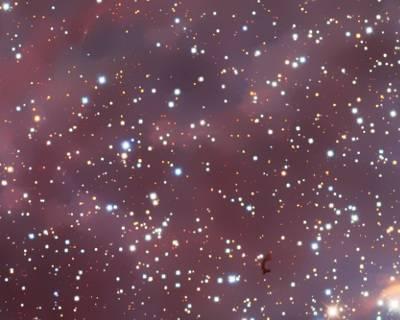search
| disease | Skull Base Fracture |
smart_toy
bubble_chart Overview
Most basal skull fractures are combined fractures of the cranial vault and the base of the skull, with the vast majority being linear fractures. Causes of occurrence:
- Extension from a cranial vault fracture.
- Violent force acting on the nearby plane of the skull base.
- Head crush injury, where the force causes widespread bending and deformation of the skull.
- In rare cases, vertical impact to the top of the head or falling from a height with the buttocks landing first.
bubble_chart Clinical Manifestations
- Anterior cranial fossa fracture: Contusion and swelling of the frontal scalp, subcutaneous hemorrhage in the eyelid and bulbar conjunctiva, epistaxis and cerebrospinal fluid rhinorrhea, loss of smell or decreased vision, severe cases may lead to blindness.
- Middle cranial fossa fracture: Contusion and swelling of the temporal soft tissue, ear bleeding or cerebrospinal fluid otorrhea, facial or auditory nerve injury, superior orbital fissure syndrome, carotid-cavernous sinus fistula.
- Posterior cranial fossa fracture: Subcutaneous ecchymosis in the occipital or mastoid region, usually appearing hours after injury. Dysfunction of the glossopharyngeal, vagus, and hypoglossal nerves or symptoms of medulla oblongata injury.
- Anterior cranial fossa fracture: Periorbital subcutaneous and subconjunctival ecchymosis, presenting as "raccoon eyes." Nasal bleeding accompanied by cerebrospinal fluid rhinorrhea. May be associated with symptoms of olfactory nerve, optic nerve, pituitary gland, thalamus, and frontal lobe contusion.
- Middle cranial fossa fracture: External auditory canal bleeding with cerebrospinal fluid otorrhea, often accompanied by symptoms of auditory nerve, facial nerve, trigeminal nerve, abducens nerve, and temporal lobe injury. A few patients may develop internal carotid artery-cavernous sinus fistula or traumatic carotid artery aneurysm.
- Posterior cranial fossa fracture: Mastoid subcutaneous ecchymosis, swelling, tenderness, sometimes retropharyngeal swelling, ecchymosis, or cerebrospinal fluid fistula. May be associated with symptoms of glossopharyngeal nerve, vagus nerve, accessory nerve, hypoglossal nerve, cerebellum, and brainstem injury.
bubble_chart Treatment Measures
- For patients with cerebrospinal fluid fistula disease, the local area of the nose or external auditory canal should be disinfected. Avoid packing or irrigation, refrain from blowing the nose, and maintain a position that prevents cerebrospinal fluid leakage. Systemic anti-infection treatment should be administered.
- Focus on the treatment of brain injury, cranial nerve injury, and other associated injuries.
- If the cerebrospinal fluid fistula disease persists for more than 2–3 weeks or is accompanied by intracranial pneumatosis causing brain compression, craniotomy should be performed to repair the fistula.
- If combined with optic nerve or facial nerve injury, early decompression of the nerve canal should be performed.
Skull base fractures are generally open injuries, and the fracture itself does not require special treatment. The focus of treatment is on infection prevention and the management of associated intracranial injuries. Effective antibiotics can be used systemically. For those with cerebrospinal fluid otorrhea or rhinorrhea, avoid packing, refrain from blowing the nose, minimize sneezing or coughing, and keep the external auditory canal and nostrils clean, but avoid irrigation. Maintain a position that prevents or minimizes cerebrospinal fluid leakage. Most cerebrospinal fluid fistulas heal spontaneously within 2 weeks. If the leakage persists for 2–3 weeks without healing, surgical treatment should be considered. If a fracture of the optic canal causes visual impairment, optic canal decompression should be performed within 7–10 days after the injury. For cases of combined facial nerve paralysis with no recovery after 3 months, canal decompression or anastomosis of the facial nerve with the hypoglossal or accessory nerve may be performed.
- Cure:
- No intracranial infection, neurological injury has improved, with no obvious complications.
- Cerebrospinal fluid fistula disease has ceased.
- Intracranial pneumatosis has disappeared.
- Surgical repair or nerve anastomosis wounds are in the initial stage [first stage] of healing, with no complications.
- Improvement: Symptoms have improved, but with significant complications.
- No cure: Symptoms show no improvement or have further deteriorated.





